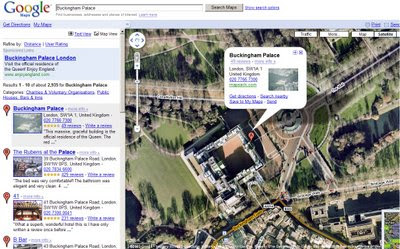Tid til det hele ...
/Sik
Time waits for no map ...
/Sik
Quote
TimeMap is a Javascript library to facilitate using Google Maps with a SIMILE timeline. The library allows you to load one or more datasets in JSON or KML onto both a map and a timeline simultaneously. By default, only items in the visible range of the timeline are displayed on the map.
Version 1.3 Now Up!
This version has been re-licensed with the MIT License. It also includes a number of new features, including export functions, better filter support, the first release of a jQuery-dependent editing UI, and various bugfixes and tweaks.
Note: The file timemapinit.js has been removed from this version and its functions moved to the core timemap.js file. The function timemapInit()still works, but it's been deprecated in favor of TimeMap.init().
Getting Started
The BasicUsage page gives a good rundown of how to get started. CustomInitScript covers what's required if you want to write your own initialization script. For more support, see the newly-formed TimeMap development discussion group.
Examples
Simple Three-Item Dataset (using inline JSON data)
Post-Election Violence in Kenya (using KML data)
Artists & Authors of the Renaissance (using JSON data from a freebase.com query)
The library is designed to be developer-friendly, offering as much access as possible to the underlying APIs. Dependencies: Google Maps API v2.93, SIMILE Timeline v1.2. Comments welcomed at nick (at) nickrabinowitz (dot) com.
Read more:


